India's Odyssey Continues: Unveiling the August 2023 Lunar Expedition
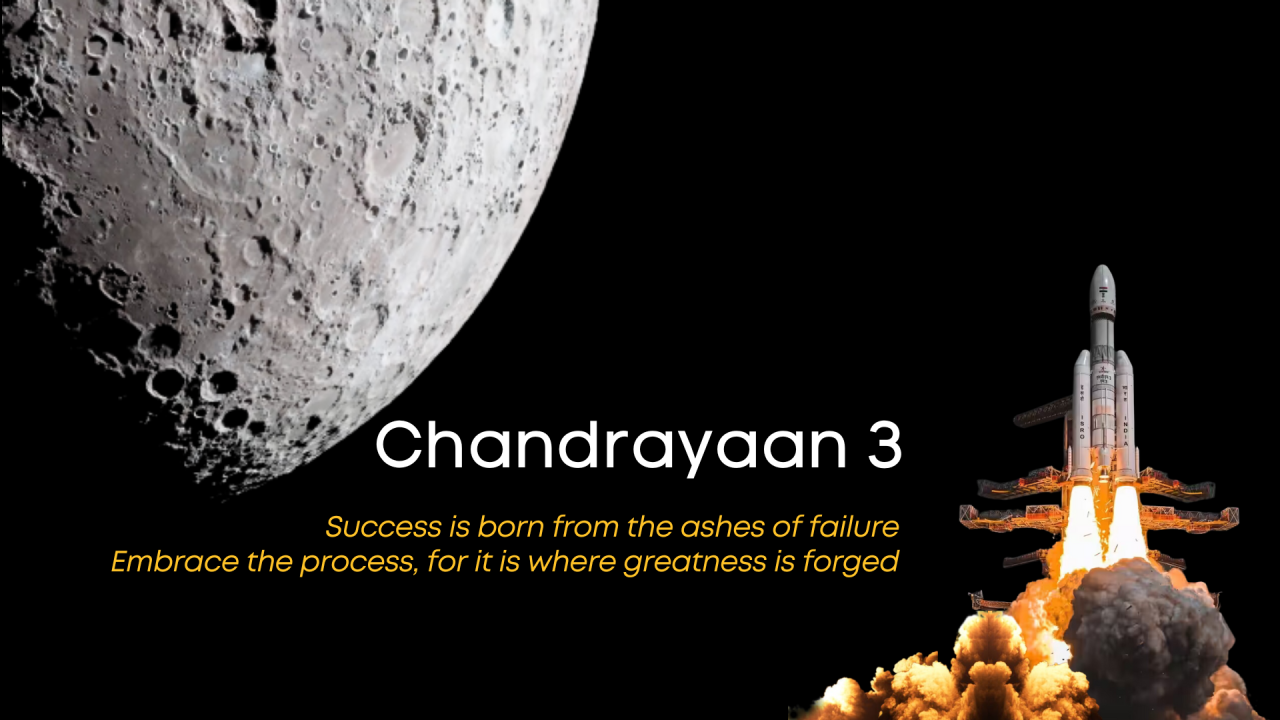
In a bold continuation of its space exploration endeavors, India has once again captured the world's attention with its latest lunar journey in August 2023. Building upon the success of previous missions, the Indian Space Research Organisation (ISRO) has embarked on another groundbreaking mission to the moon, underscoring the nation's unwavering commitment to pushing the boundaries of space exploration.
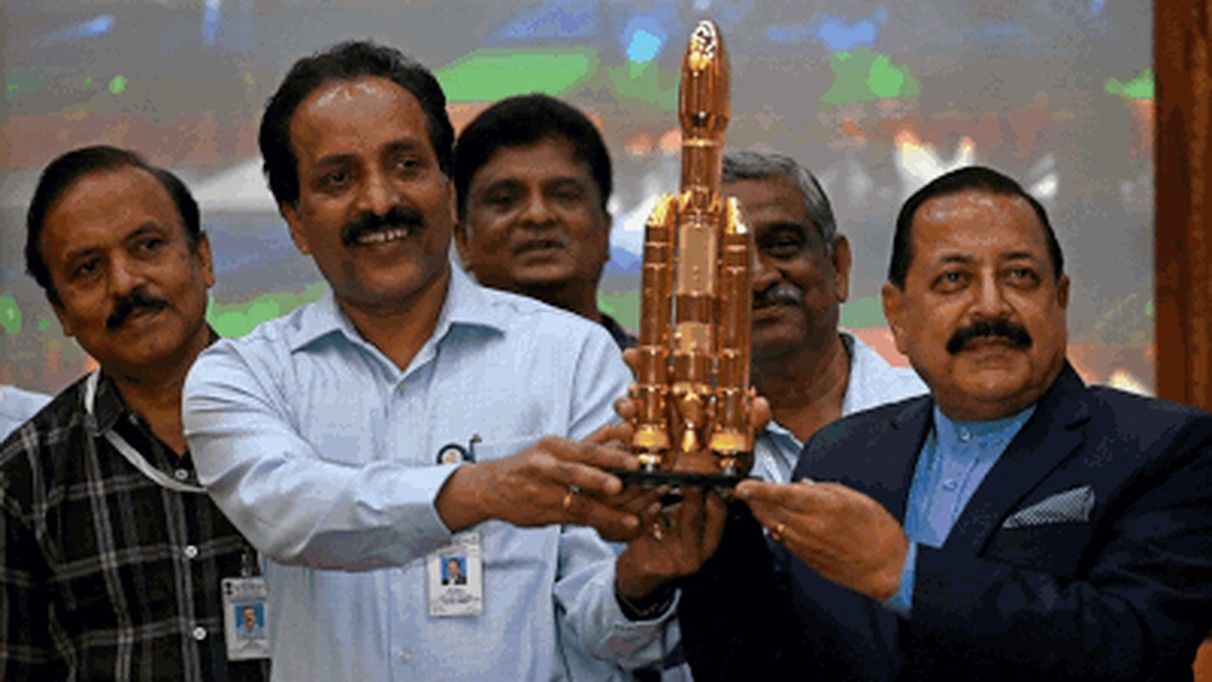
The August 2023 lunar expedition aims to achieve multifaceted scientific goals. Key objectives include enhancing our understanding of the moon's geological history, conducting advanced remote sensing, studying the lunar surface's elemental composition, and delving deeper into the mysteries surrounding its polar regions. This mission represents a significant leap forward in India's quest to unlock the moon's secrets.
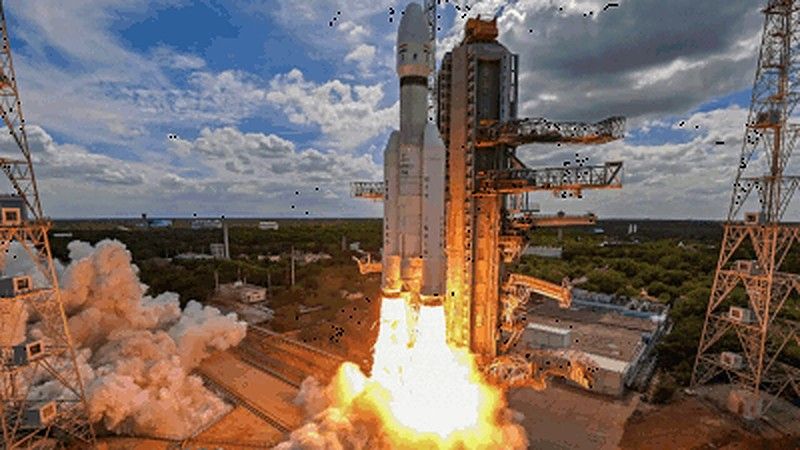
Technological Advancements
The August 2023 lunar journey is leveraging cutting-edge technology to propel India's exploration to new heights. The mission features advanced spacecraft systems, improved imaging instruments, and state-of-the-art communication technologies, all designed to facilitate a more comprehensive and detailed analysis of the lunar environment. This technological prowess showcases India's ability to innovate and compete on the global stage of space exploration.
Launch and Transit
The journey began with the successful launch of the spacecraft atop a powerful GSLV Mk III rocket from the Satish Dhawan Space Centre. After a meticulously calculated trajectory, the spacecraft is expected to reach lunar orbit in a matter of weeks. The complex orbital insertion maneuver will demand precise calculations and adjustments to ensure the spacecraft's safe and stable positioning around the moon.
Instrumentation and Scientific Endeavors
Central to the success of the August 2023 lunar expedition is its impressive array of scientific instruments. These instruments are designed to provide high-resolution imaging, spectral analysis, and in-depth data collection, enabling scientists to unravel the moon's geological and compositional evolution. Among the standout instruments are:
Advanced Lunar Spectrometer (ALS)
ALS will meticulously analyze the moon's surface composition, mineralogy, and distribution of elements. This instrument's high-resolution data will provide invaluable insights into the moon's history.
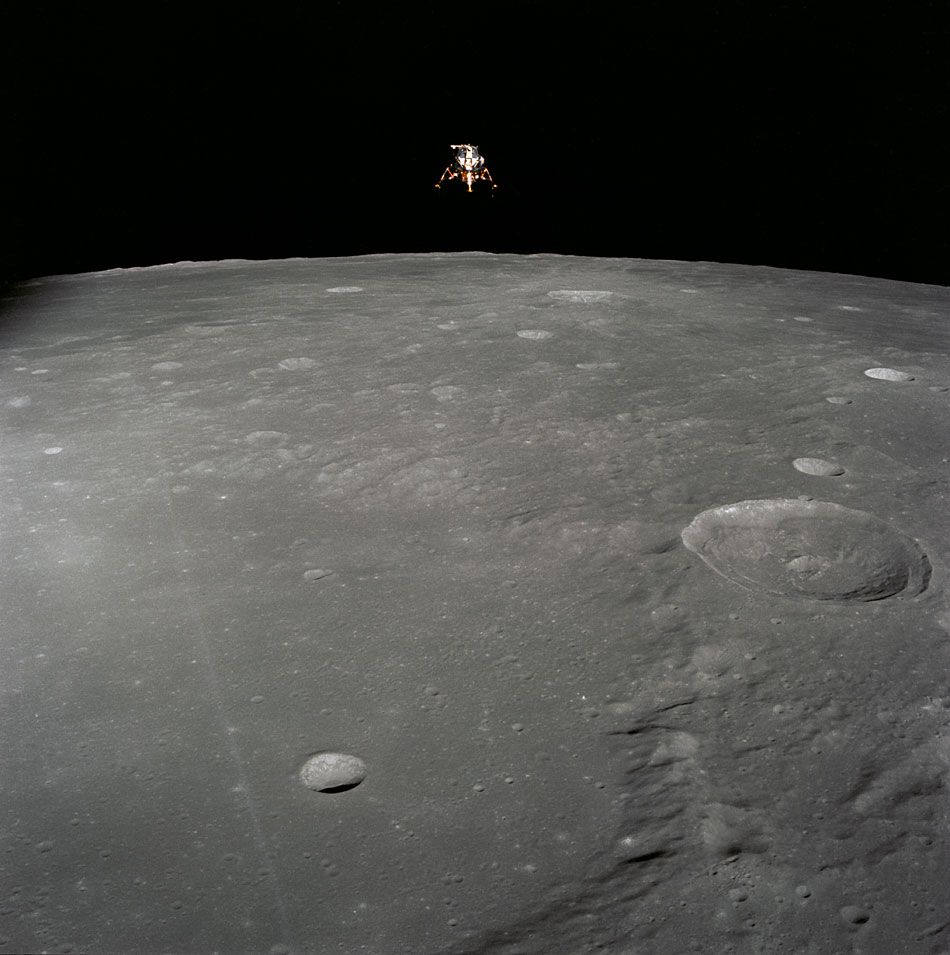
Lunar Terrain Mapper (LTM)
LTM is equipped with enhanced imaging capabilities, capturing detailed images of the moon's surface with unprecedented clarity. This imagery will contribute to creating comprehensive lunar maps.
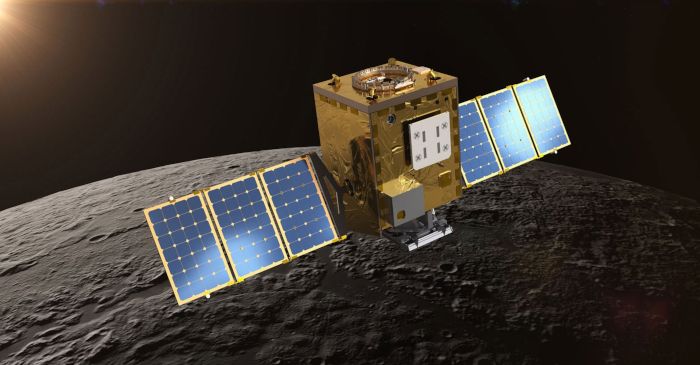
Global Scientific Collaboration
India's August 2023 lunar expedition is not just a national endeavor; it represents a collaborative effort within the international scientific community. The mission has garnered interest and participation from researchers and institutions worldwide, fostering knowledge exchange and shared advancements in space exploration.

Inspiring the Next Generation
Beyond the scientific breakthroughs and technological feats, India's lunar exploration endeavors are inspiring generations to dream big and pursue careers in science, technology, engineering, and mathematics (STEM). The mission's success contributes to the cultivation of a scientifically inclined society and reinforces India's commitment to fostering innovation and education.




